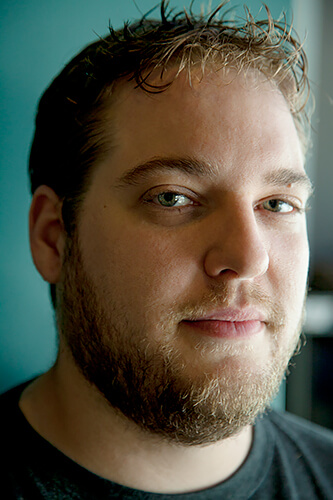Aaron Blum is an eighth generation West Virginian, and creates art deeply linked to his home. Most of his work centers around a single question, what does it mean to be Appalachian? Through this question he address many different artistic concepts from idealized memory vs. stereotypes to ideas of folk taxonomy. His creation process is a diversified approach of image-based media to create a glimpse into his own concepts of Appalachia, and the social fabric of a very large and misrepresented people and place. He pays close attention to the quality of light and the landscape as well as cultural markers to produce a unique version of life in the hills. After graduating with degrees in photography from West Virginia University and Syracuse University, Aaron immediately began receiving recognition for his work including Center of Santa Fe, Silvereye Center for photography, Critical Mass, and FOAM.
About The Prevailing Winds of Hills and Heritage
Appalachia pulls at me like a haunted memory. There is an ineffable force that compels me to suspend reality and embrace superstition and myth. It is a longing to hold on to my culture and history in spite of the modern world. The nebulous forests, enveloping moss and dark corners seem to tell a purer truth.
Storytelling in Appalachia has a long-standing tradition, and it infuses the region with mystery. Using lore, pseudo-scientific study, and personal experiences as a compass I see this place through idealized eyes of wonder, and these images become my personal folklore. They bring to life the fantasies and memories I carry with me. This is a place where you can wash away sin in cool stream waters, where corpse birds come to ferry away souls to the next life, rocks burn and kudzu conceals. This is the place where the prevailing winds whisper old stories to those who know how to listen.
